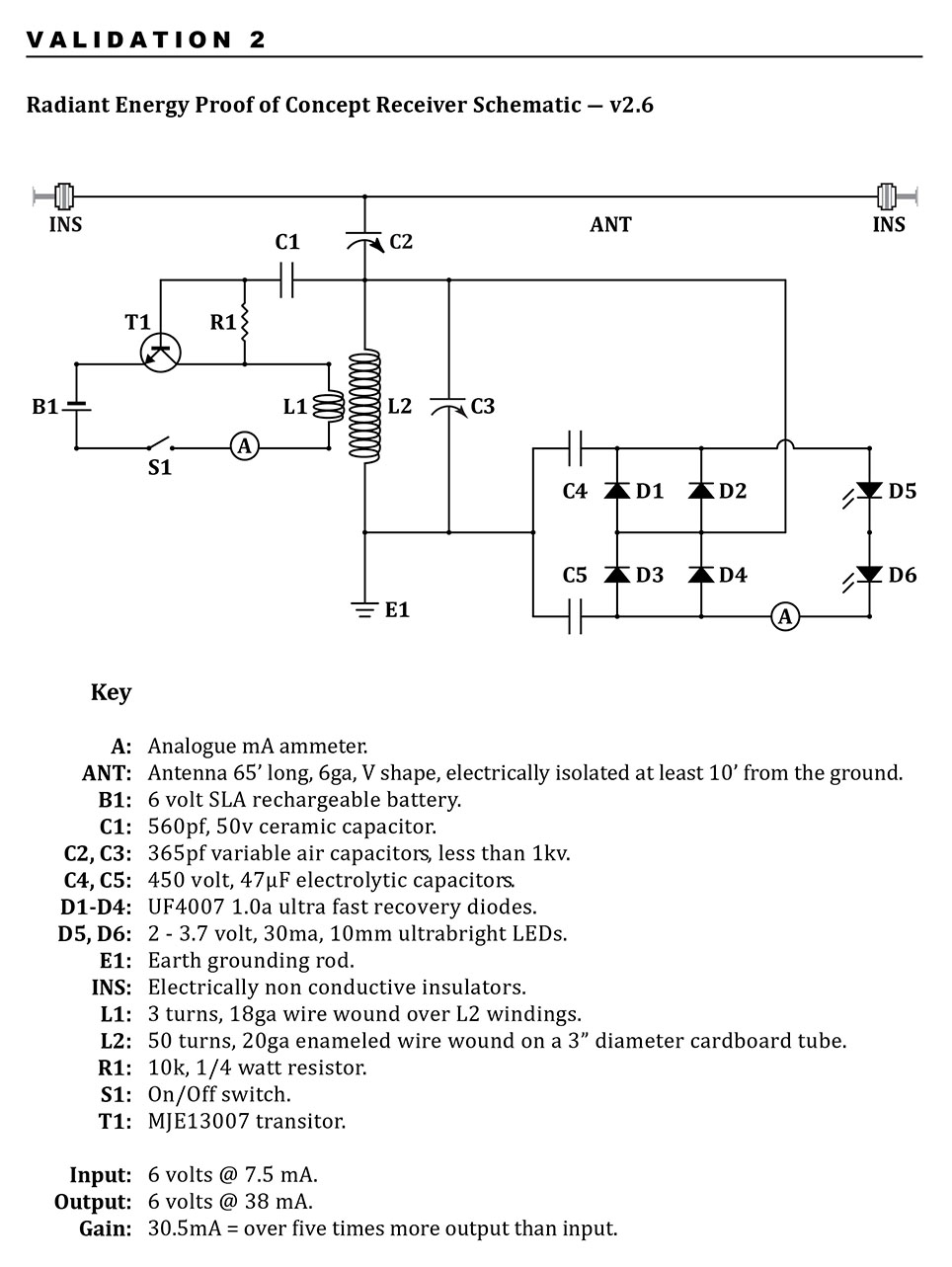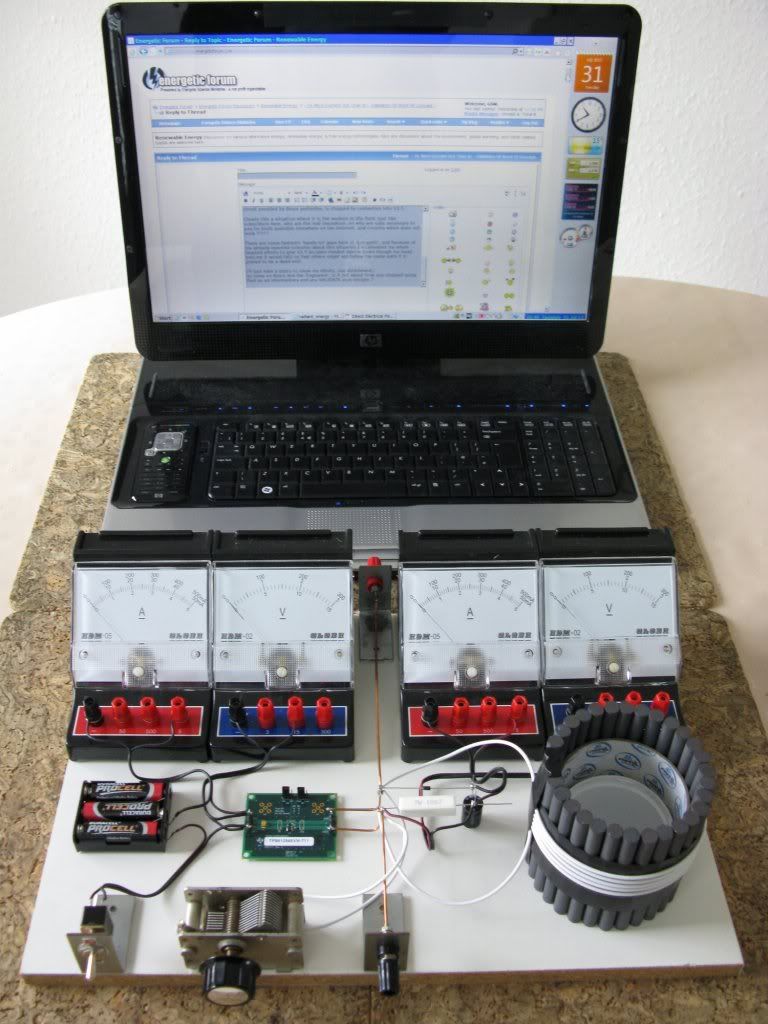I was under the impression that the ion valve aka radiant energy detector diode was providing power from a LENR reaction.
This is what Bruce had to say about the matter.
My work with radiant energy has nothing to do with obtaining energy with fusion.
Fusion is just another stored energy.
The alpha fusion valve in my patent describes a high voltage, high frequency diode which gains its required free electrons for inter electrode conduction through the generation of a heated cathode obtained from the alpha fusion. This effectively does away with the requirement of an external direct current source to heat the cathode.
1. The ion valves are the keys that unlock the energy that flows through the circuits.
2. The valve in my patent can contain a conductive vapor, gas, or even a vacuum. It all depends on the application you want them to assist.
There is no alpha fusion that takes place in the proof of concept circuits. The energy comes from Planetary IONS.
This is what Bruce had to say about the matter.
My work with radiant energy has nothing to do with obtaining energy with fusion.
Fusion is just another stored energy.
The alpha fusion valve in my patent describes a high voltage, high frequency diode which gains its required free electrons for inter electrode conduction through the generation of a heated cathode obtained from the alpha fusion. This effectively does away with the requirement of an external direct current source to heat the cathode.
1. The ion valves are the keys that unlock the energy that flows through the circuits.
2. The valve in my patent can contain a conductive vapor, gas, or even a vacuum. It all depends on the application you want them to assist.
There is no alpha fusion that takes place in the proof of concept circuits. The energy comes from Planetary IONS.









Comment